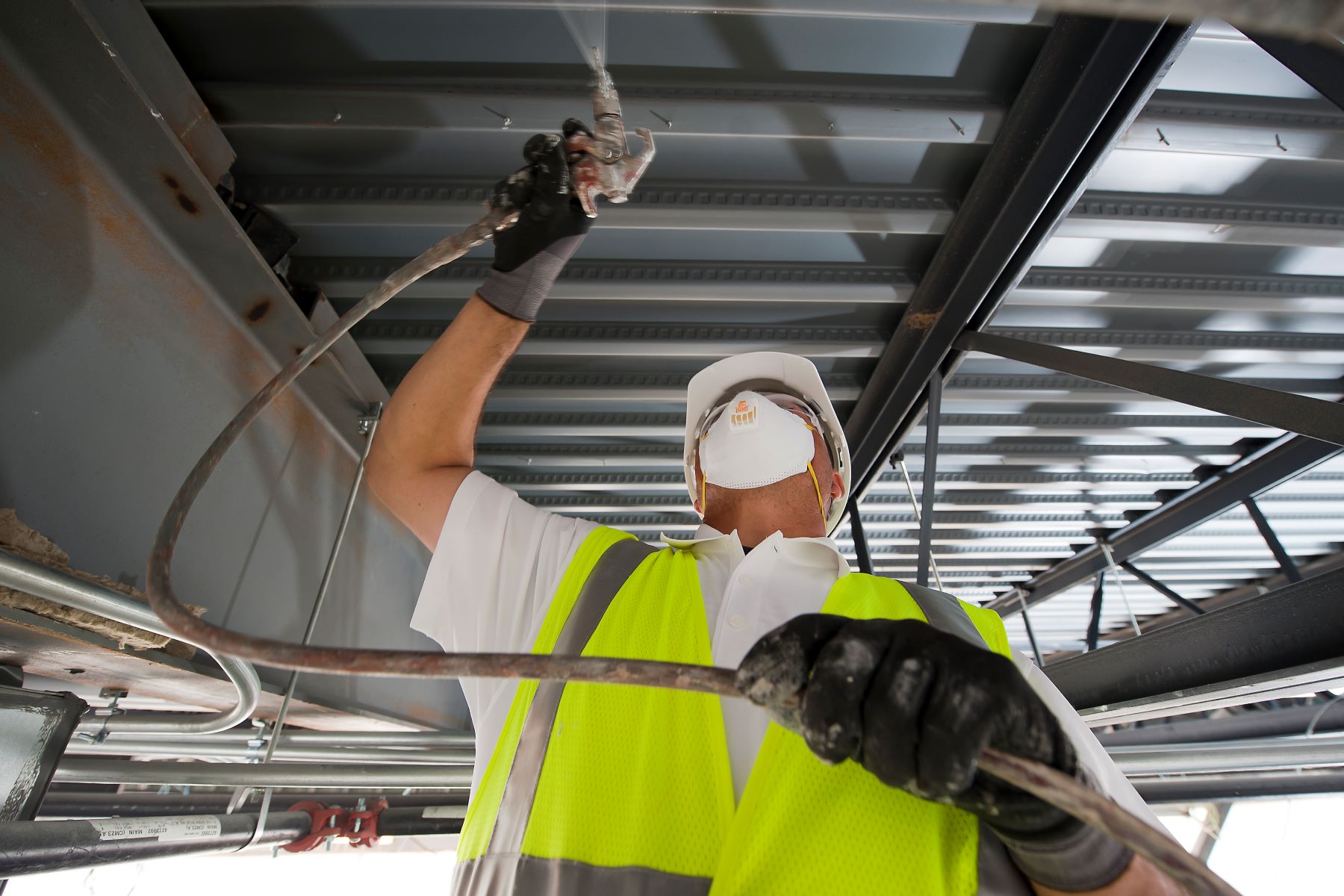Cottage houses have long been admired for their charm, coziness, and connection to nature. These quaint dwellings are often built with a combination of traditional and modern materials, carefully selected to ensure durability, sustainability, and aesthetic appeal. In this article, we will delve into the world of cottage house construction and explore the materials that are commonly used to create these timeless abodes.
- Timber: The Backbone of Cottage Construction
Timber is a fundamental material in cottage house construction, known for its versatility, strength, and natural beauty. It offers excellent insulation properties, making it ideal for maintaining a comfortable indoor climate. Additionally, timber is a renewable resource, making it an eco-friendly choice for sustainable construction. From sturdy timber frames to exposed beams and wooden cladding, this material forms the backbone of cottage houses. - Stone: Adding Character and Stability
Stone is another key material used in cottage house construction, adding a touch of rustic charm and stability to the structure. Whether it's locally sourced fieldstone or carefully crafted stone veneers, this material not only enhances the aesthetic appeal but also provides excellent thermal mass, regulating temperature fluctuations and reducing energy consumption. Stone is often used for foundations, fireplaces, and exterior accents, creating a timeless and enduring look. - Natural Insulation: Keeping Comfort in Mind
Cottage houses prioritize comfort, and natural insulation materials play a crucial role in achieving this. Materials like sheep's wool, cellulose, and straw bales are commonly used for insulation, providing excellent thermal performance while minimizing environmental impact. These natural insulation options are not only effective in regulating temperature but also contribute to improved indoor air quality and reduced energy consumption. - Recycled and Reclaimed Materials: Embracing Sustainability
Sustainability is a key consideration in cottage house construction, and the use of recycled and reclaimed materials is gaining popularity. Salvaged wood, reclaimed bricks, and repurposed windows not only add character and uniqueness to the cottage but also reduce the demand for new resources. By incorporating these materials, cottage houses become a testament to sustainable living and responsible construction practices. - Green Roofing: Blending with Nature
To further integrate cottage houses into their natural surroundings, green roofing is often employed. Living roofs, covered with vegetation and plants, not only provide insulation but also absorb rainwater, reduce stormwater runoff, and create a habitat for wildlife. This eco-friendly roofing option not only enhances the aesthetics of the cottage but also contributes to environmental sustainability.
Conclusion:
Building a cottage house involves a careful selection of materials that prioritize durability, sustainability, and aesthetic appeal. From the timeless beauty of timber and stone to the use of natural insulation and recycled materials, every aspect of cottage house construction is thoughtfully considered. By blending traditional craftsmanship with modern sustainable practices, cottage houses continue to capture our hearts and offer a harmonious connection to nature.

